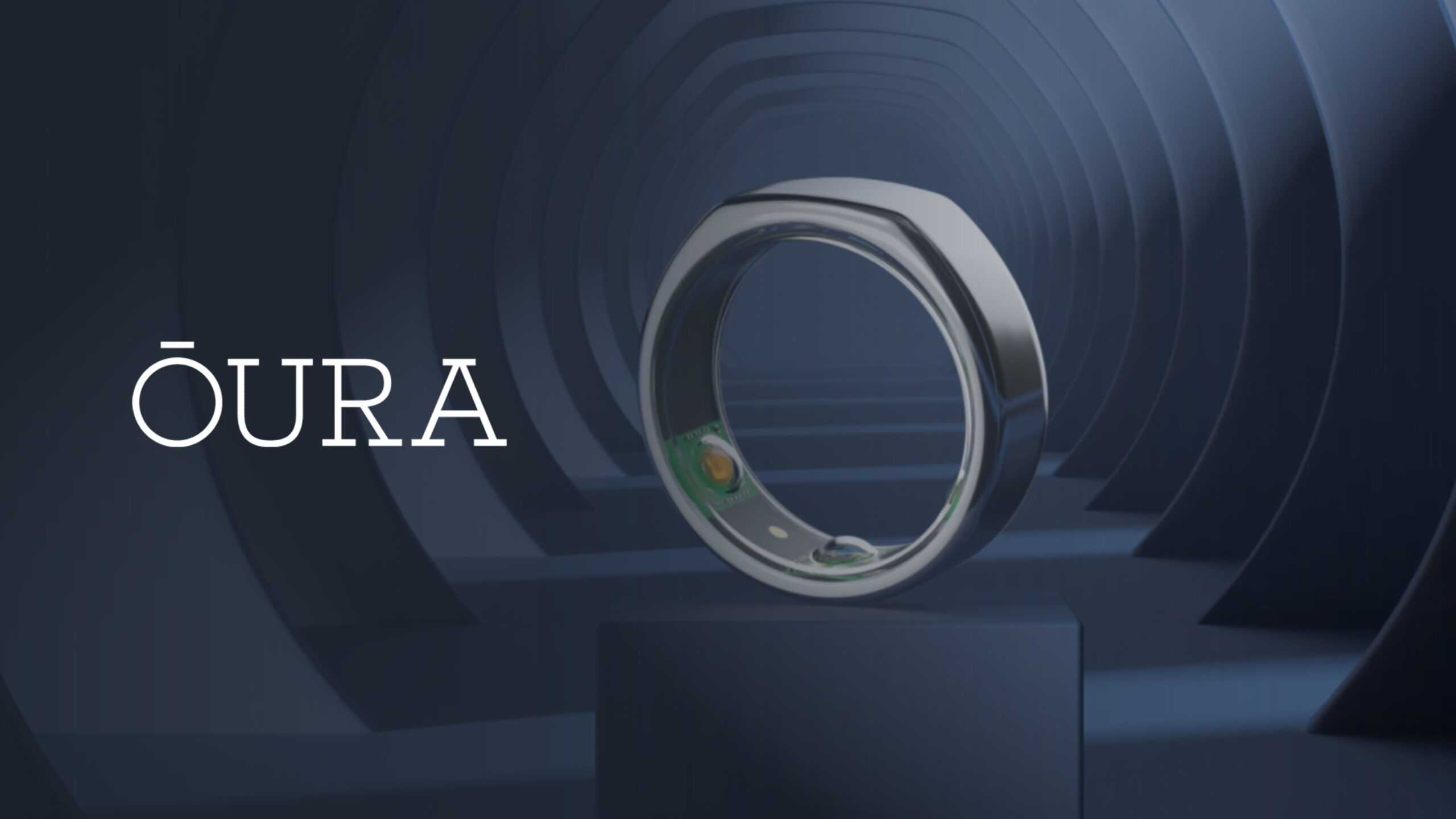Smartwatch and fitness tracker adoption has been on the rise during the pandemic, with Interpret data showing a 66% spike in Apple Watch ownership in the US over the past couple years alone. The increase in wearables usage has gone hand-in-hand with the fitness-as-service business model that Apple, Samsung, and others have pursued. Not everyone wants to wear a watch or fitness tracker, however.
The nascent smart ring sector is looking to offer health-conscious consumers products that have many of the same biometric tracking features as smart watches but in a far more discreet, more comfortable, and in some cases, more accurate product. Moreover, because rings are much smaller than watches, they generally consume less power and can last for several days on a single charge, addressing one of the annoyances that smart watch owners have to contend with.
Oura’s smart ring, which is already on its third generation, has gained the bulk of smart ring press and sells for $299. The company claims that measuring heart rate from the fingers is more accurate than using the top of a person’s wrist because the fingers are closer to arteries. As the smart ring market expands, Oura has been joined by Circular, Movano, and others. Movano is particularly noteworthy because it’s seeking certification from the Food and Drug Administration (FDA), which would give it a distinct advantage over other smart devices that are not endorsed by the medical community.
Another feature that’s increasingly being incorporated into these smart rings is the ability to make NFC payments. Both the McLear Ring Pay and the NFC Opn make contactless payments at retail establishments a breeze. Rather than pulling a smartphone out of a pocket to use a mobile wallet, a consumer can quickly pay with a hand gesture near the NFC reader (something Oura doesn’t currently offer).
Oura sees itself “empowering people with personalized data that provides actionable insights for health improvement.” That’s a message that’s likely to resonate with many health-focused consumers these days. Oura raised $100 million last year but the company’s latest ring has had a mixed reception. Even so, the health and fitness trend isn’t going away and is something that all wearables companies can benefit from.
Interpret’s New Media Measure® shows that Boomers in particular have shown increasing interest in their health and fitness. 37% of Boomers state that they are active in improving their health and fitness, up from 32% in 2019 and ahead of younger generations by several percentage points.




